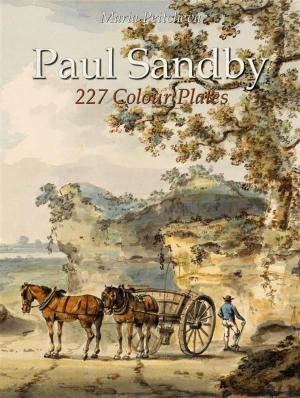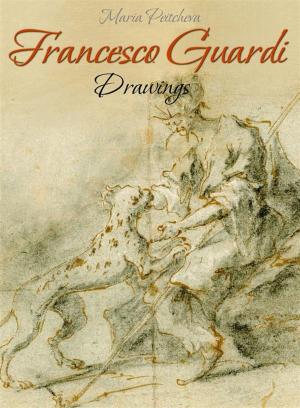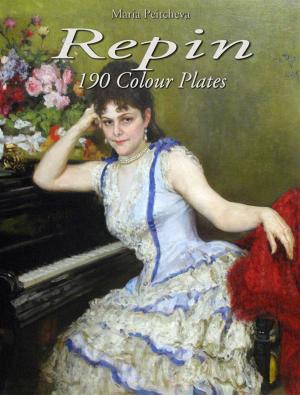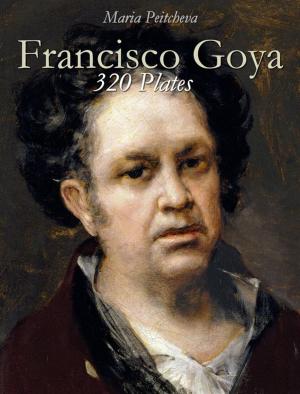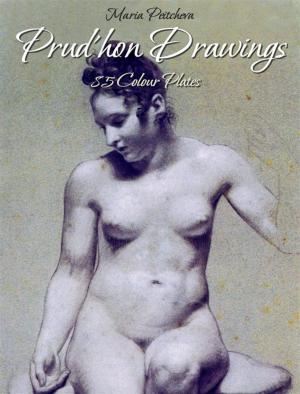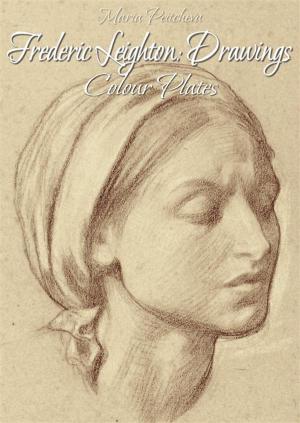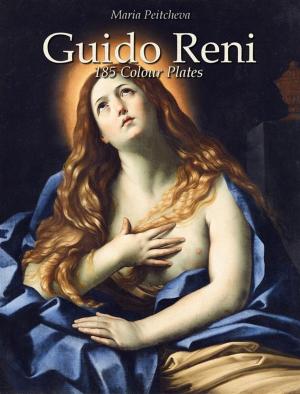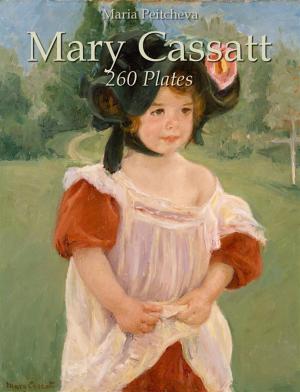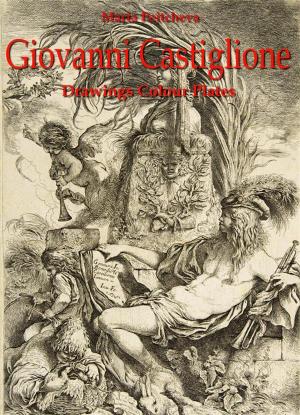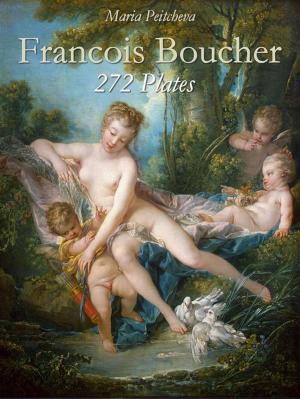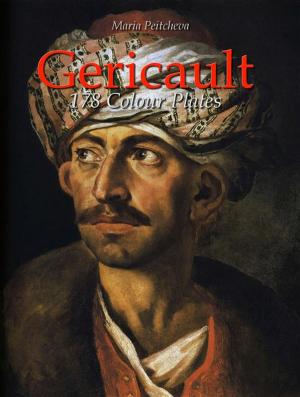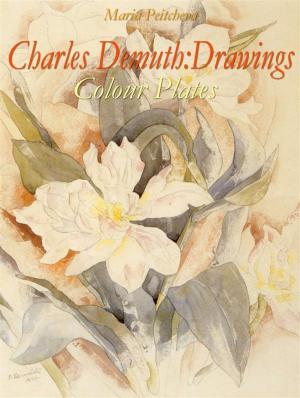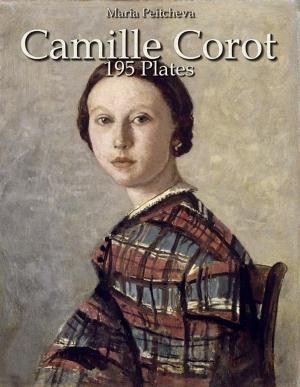| Author: | Maria Peitcheva | ISBN: | 9788892585027 |
| Publisher: | Maria Peitcheva | Publication: | March 29, 2016 |
| Imprint: | Language: | English |
| Author: | Maria Peitcheva |
| ISBN: | 9788892585027 |
| Publisher: | Maria Peitcheva |
| Publication: | March 29, 2016 |
| Imprint: | |
| Language: | English |
Arthur Bowen Davies (1862 – 1928) was an avant-garde American artist and influential advocate of modern art in the United States c. 1910–1928. He is an anomaly in American art history, an artist whose own lyrical work could be described as restrained and conservative but whose tastes were as advanced and open to experimentation as those of anyone of his time. He was completely eclectic," with influences that ranged from Hellenistic Greek art to Sandro Botticelli, the German painter Arnold Böcklin, and the English Pre-Raphaelites.
A painter of dream-like maidens and "frieze-like idylls,"he was most often compared to the French artist Pierre Puvis de Chavannes. His involvement with the Armory Show and prolonged exposure to European Modernism, however, changed his outlook utterly. As art historian Sam Hunter wrote, " His subsequent work attempted to merge stronger color and a Cubist sense of structure and Cubist forms with his on-going preoccupation with the female body, delicate movement, and an essentially romantic outlook.”
Arthur Bowen Davies (1862 – 1928) was an avant-garde American artist and influential advocate of modern art in the United States c. 1910–1928. He is an anomaly in American art history, an artist whose own lyrical work could be described as restrained and conservative but whose tastes were as advanced and open to experimentation as those of anyone of his time. He was completely eclectic," with influences that ranged from Hellenistic Greek art to Sandro Botticelli, the German painter Arnold Böcklin, and the English Pre-Raphaelites.
A painter of dream-like maidens and "frieze-like idylls,"he was most often compared to the French artist Pierre Puvis de Chavannes. His involvement with the Armory Show and prolonged exposure to European Modernism, however, changed his outlook utterly. As art historian Sam Hunter wrote, " His subsequent work attempted to merge stronger color and a Cubist sense of structure and Cubist forms with his on-going preoccupation with the female body, delicate movement, and an essentially romantic outlook.”

